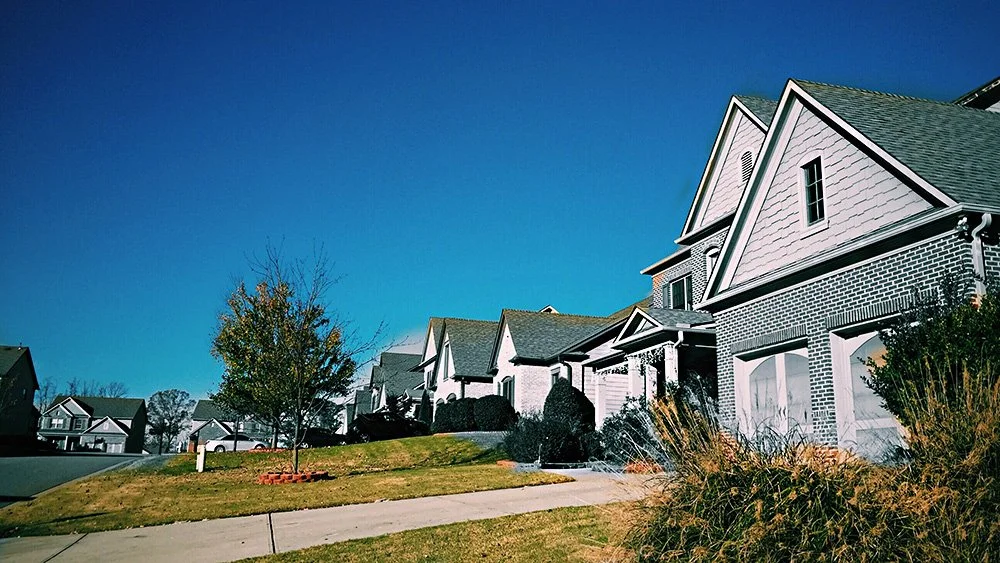Walkable City Design Is Critical for Economic Health
After World War II, the U.S. embarked on an experiment in how we build cities. Instead of creating places scaled to people who walked, we built suburbs that focused on moving cars quickly and efficiently. Many cities in North America are looking to become walkable again, but it’s not easy. Time and time again, change makers are hit by bureaucracy and complicated logistics.
Why is it so difficult to change? In “Urban Intercurrence: The Struggle to Build Walkable Downtowns in Car-Dependent Suburbia,” author Tristan Cleveland goes in depth about why cities struggle to retrofit their car dependence, and what could actually be done to create change.
In this Strong Towns Podcast, host Chuck Marohn chats with Tristan Cleveland, PhD, who is a Strong Towns member and an urban planner at Happy Cities.
ADDITIONAL SHOW NOTES
Read Tristan’s PhD thesis on how to redesign suburban communities to become healthy, walkable places.
Learn more about the 2023 Local-Motive Tour.




When I flew halfway around the world to New Zealand, I expected it to be radically different from North America. But the problems they’re facing are strikingly, painfully familiar.